At Change Consulting Scotland (CCS), one of our key pillars of service is helping businesses make better decisions through our Business Process Improvement (BPI) services. These help to set, initiate and transform your improvement project anywhere along the journey, be it in the early stages, a messy middle juncture, or the final stages. CCS applies a looped approach to BPI, tailoring methodologies and frameworks to your change needs at each of the 9 stages.
In this article, you’ll find a snapshot of our typical BPI cycles and a walk-through of DMAIC — a Lean improvement framework that paves momentum in our improvement services.
Business Process Improvement
Let’s begin with our typical BPI cycle — a picture speaks a thousand words, so take a look at our graphic below to get a better sense of what we mean. Can you spot the activities that your team has already undergone?

Whichever the stage of your BPI, a Business Process Improvement Diagnostic gives you a snapshot of your current situation, your key problems and your best opportunities for positive impact. In the process, you’ll also discover key data points and data that can be churned to give you meaningful insights into your productivity and the impact of any change actions you might take throughout your improvement journey. As well as cold data, your team benefits from increased process and role transparency, fuelling creative problem-solving.
So how does the CCS Business Process Diagnostic work?
Progress is achieved through a series of workshops, interviews and reviews that discover, validate and refine your business processes, challenges and improvement priorities. In the olden days, these elements were carried out in person, requiring a meeting room with a whiteboard (the bigger the better) and your key staff to attend physically on location throughout the process, which could mean months of navigating availability of physical rooms and people! Today, we prefer to facilitate sessions remotely via infinite virtual whiteboard and meeting rooms. Although, in-person can still work — especially if your processes are less developed and an on site visit would make for better communication of your processes.
Our approach is modelled on DMAIC — a nifty little Lean Sigma framework that guides your journey toward efficiency and excellence. To learn more about the roots of Lean (the parent methodology of DMAIC), take a look at our 3-minute read Where Does Lean Come From?
Let’s take a stroll through each DMAIC phase:

1| Define
First thing’s first, everyone needs to get on the same page — figuratively and literally! Whether it’s in person, or via our virtual online infinite whiteboard and meeting rooms, we sit down with our clients and their key staff to understand the lay of the land — what are you actually doing? What are your “problems”, business goals, and how do we measure success currently?
By defining the problem upfront, we ensure everyone’s singing from the same hymn sheet.
2| Measure
Next up, it’s time to crunch some numbers. We roll up our sleeves and take a deep-dive into data. We gather this on each aspect of your process.
Take Finance approvals processes for example: what’s the average time it takes to approve Bill’s client expenses? Are invoices batched for approval? How long many invoices are batched for each approval? What is the average time it takes to approve invoices? How long does it take for payments to be made? How many delayed payments are made per month?…and so forth. This is just the tip of the iceberg.
This step helps us paint a clear picture of where things stand and how far we need to go. Think of it as laying the groundwork for your journey ahead.
3| Analyse
Now comes the fun part — digging into the nitty-gritty. We roll out our detective hats and get to the bottom of things. What’s causing the hiccough in the process? By dissecting and cross-referencing every nook and cranny of your available data, we uncover hidden gems of insight that pave the way for solutions.
As a basic example, in Finance: comparing the volume of your invoice batches with numbers that are paid on time could reveal a hotspot of bottlenecks in your Finance process if the latter figures are consistently less than 80%. Cross-referencing this with the fact that process maps from our Define phase show 3 loops approval loops, no secondary approver when Jenny is on holiday, and that Ed must manually enter invoice information gives everyone some direction for investigation in the next steps.
With the help of AI and a clear understanding of your organisation’s communication needs, we can also present these to you in an easily digestible dashboard. We ensure the formats are accessible by as many stakeholders as you need; convertible to reports, presentations, graphs, smoke signals…you get the idea.
4| Improve
With our detective work done, it’s time to put our thinking caps on. We gather around the table with your team, brainstorming ideas and strategies to tackle the key problem head-on. With a clear picture of process, supported by data and cross-checked and validated analysis, we are now equipped to identify improvement actions and priorities.
This may be in the form of small tweaks, iterative improvements, to sweeping Target Operating Model overhauls. Compared with the beginning of the process, you now have the tools and information to generate and assess tailored solutions to your problem.
5| Control
Last but not least, we’re in it for the long haul. We set up guardrails to ensure our hard work doesn’t go to waste. This can include a schedule of training, updating protocols, agreeing a continuous action plan, integrating key metrics for regular review (now that you have clear and meaningful information on your data!) and more.
By helping you keep a close eye on performance and staying proactive, you will maintain your newfound efficiency for the long run.
A real life success story

“CCS Process Improvement Diagnostic workshops enabled us to prioritise our focus, build a persuasive business case and, most crucially, gain the confidence of the senior management team on our decision to deploy two potentially transformational systems.
The approach taken by CCS allowed us to do all of this in a matter of months when we had been deliberating on it for years beforehand.”
– David Shields, Operations Director at Locogen
Not all heroes wear capes. In fact, some come in the form of what appears to be a boring but trusty collection data-driven Lean and Change methodologies! With DMAIC as our trusty companion, we serve to guide businesses toward smoother seas and brighter horizons. So if you’re ready to embark on a journey of transformation, perhaps by small but mighty incremental improvements, we’re here to help you chart the course and navigate the waves.
How about you?
Book a free 30-minute Get-to-Know chat to learn more about how you can start making change happen and remember to follow us on LinkedIn!

